Nov 11, 2012 | Architecture, Development, Urban
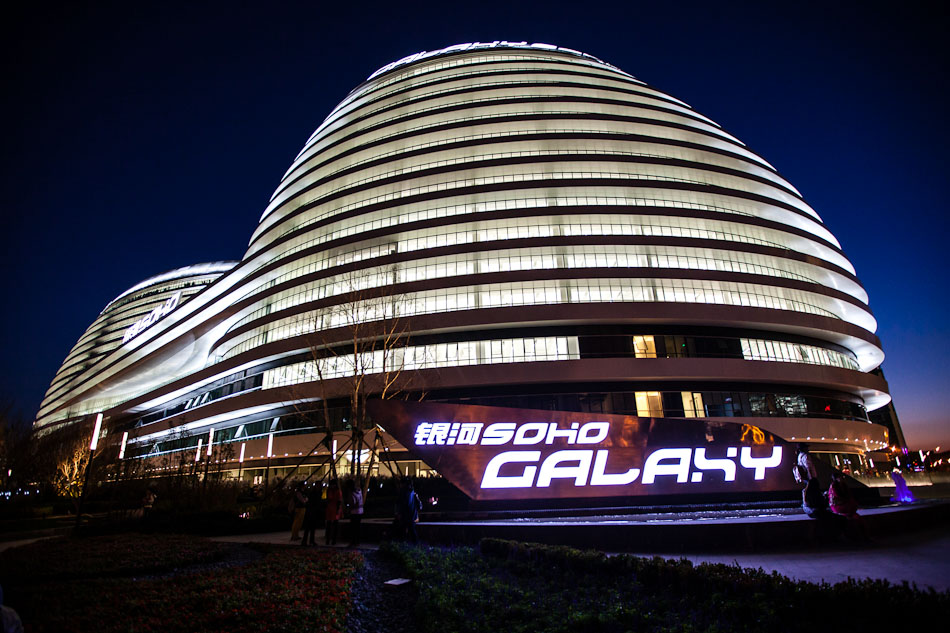
The recently unveiled Galaxy SOHO literally resembles an array of astral objects with its spherical shapes and blazing lights. It now looms above Beijing’s second ring road. It is supposed to represent a big step forward in architecture and its capability to inspire. Zaha Hadid, the chief architect, made an appearance at the launch with a long talk about the space and the possibilities it represents. A strong sense of hope for the future of Chinese design and fashion filled the air. Translating this into viable products and businesses is the real difficulty, though. Galaxy SOHO is certainly an inspiring place for such imaginative pursuits with its elegant curves and charged globular structures. There are excellent lines of site throughout the complex. But are there enough clientele to actually fill it up and create an active and engaging community? Galaxy SOHO is huge: 330,000 square meters of office and retail space. Plus it sits atop one of the most trafficked intersections in Beijing. Right now Sanlitun SOHO is barely filled, let alone Galaxy SOHO which sees less pedestrian traffic and intense gridlock. I will keep tabs on the complex in the coming months. Hopefully it does not turn into a huge empty space like the many others popping up around the city.
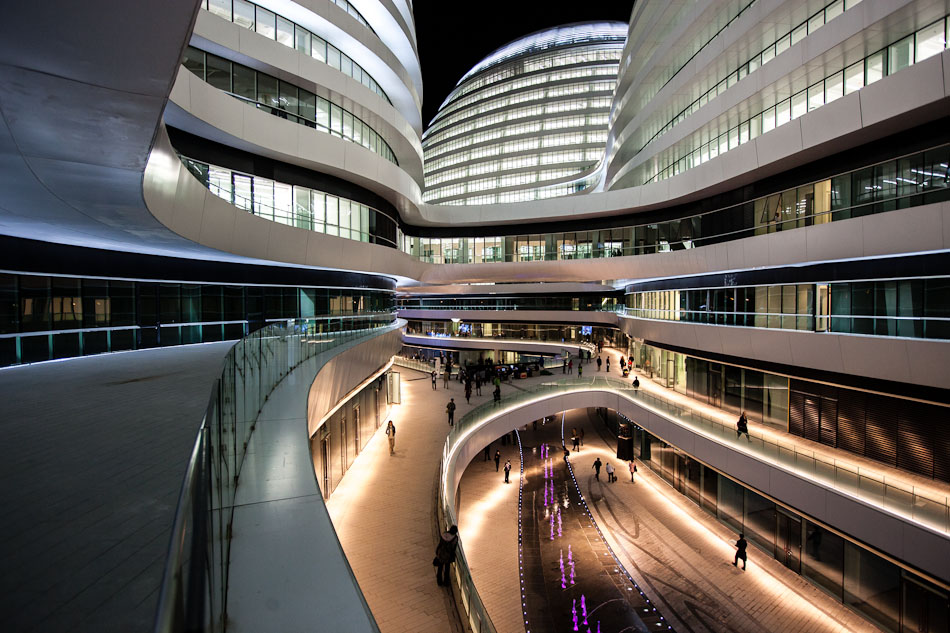
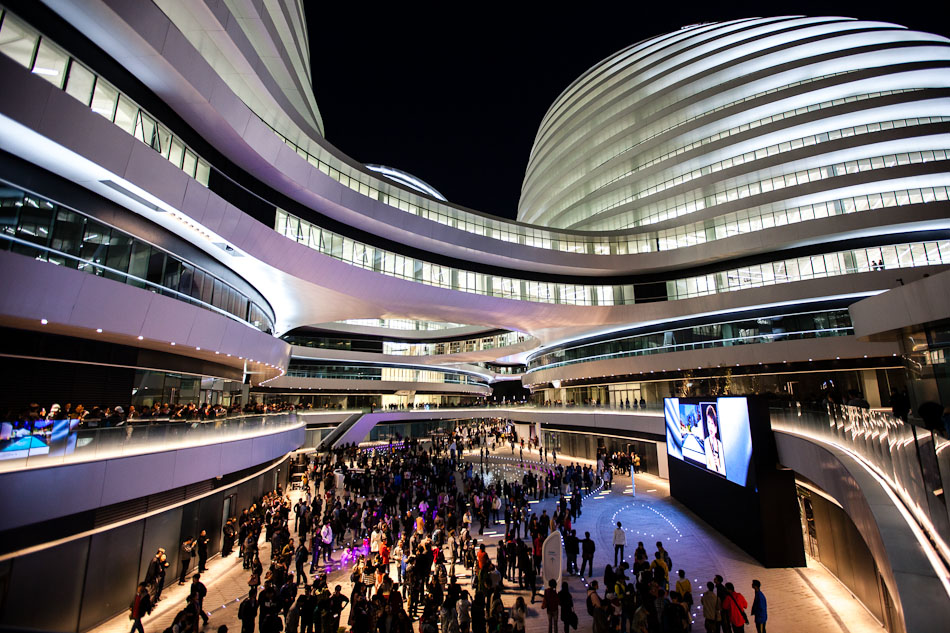
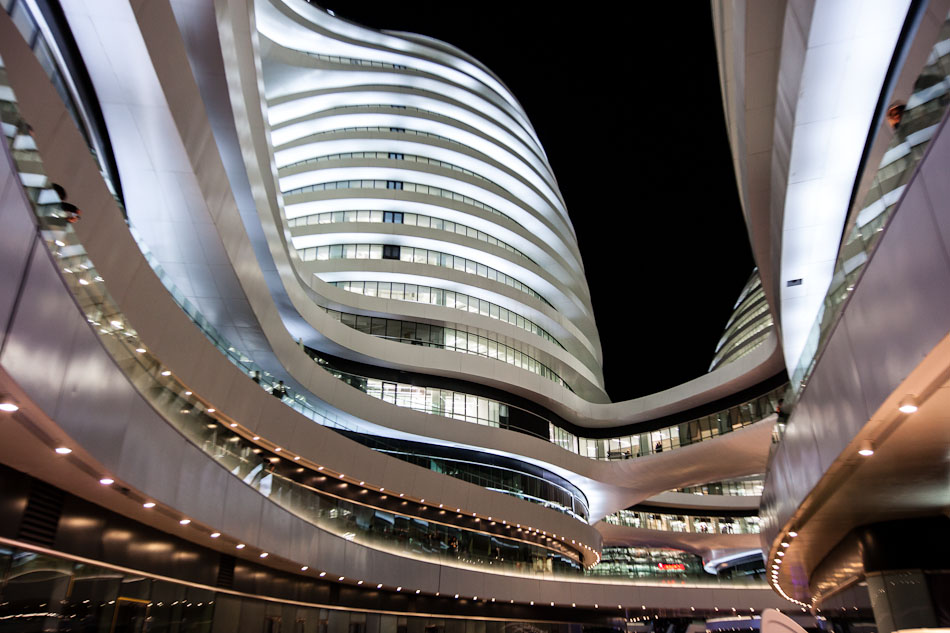
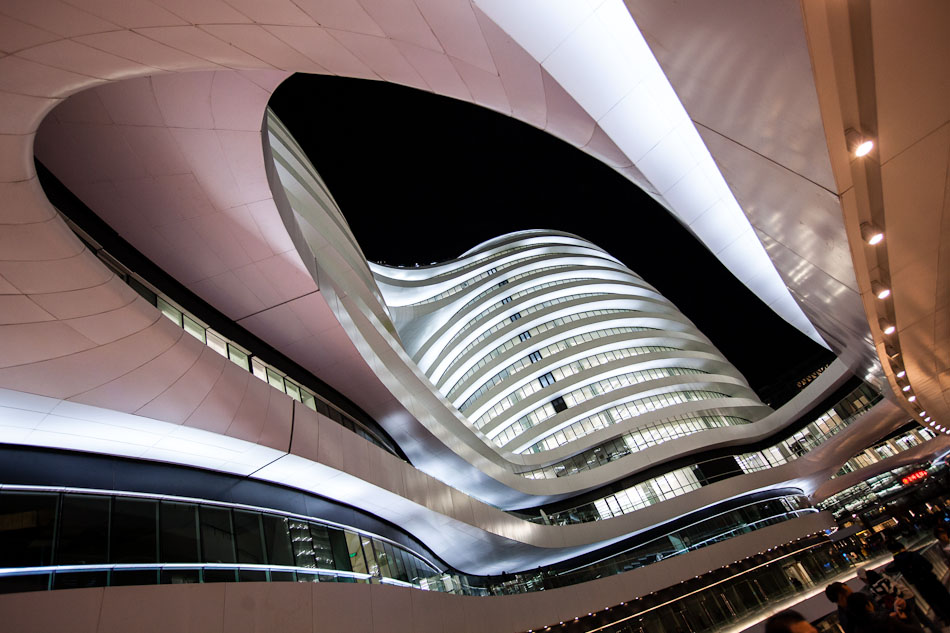
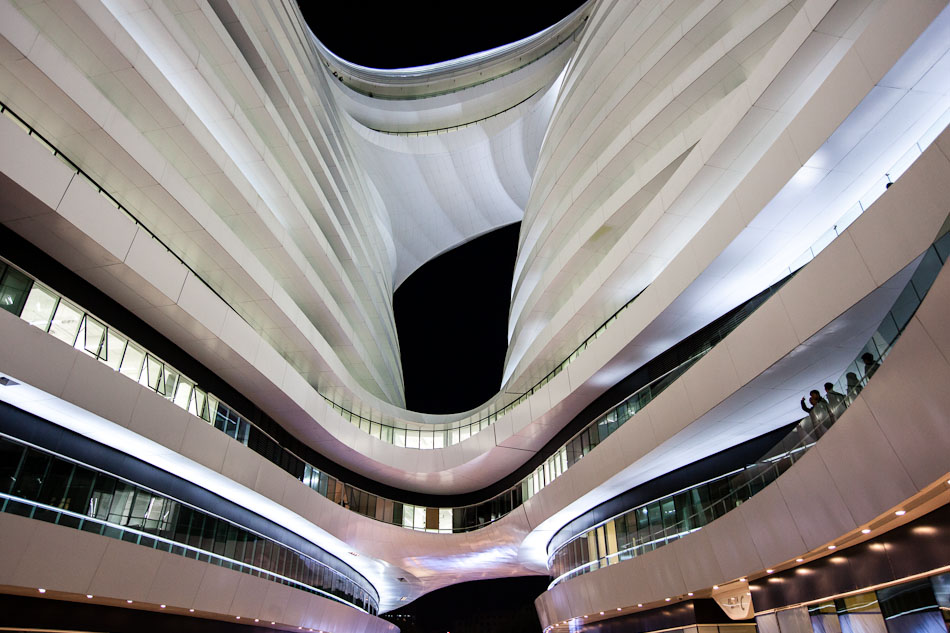
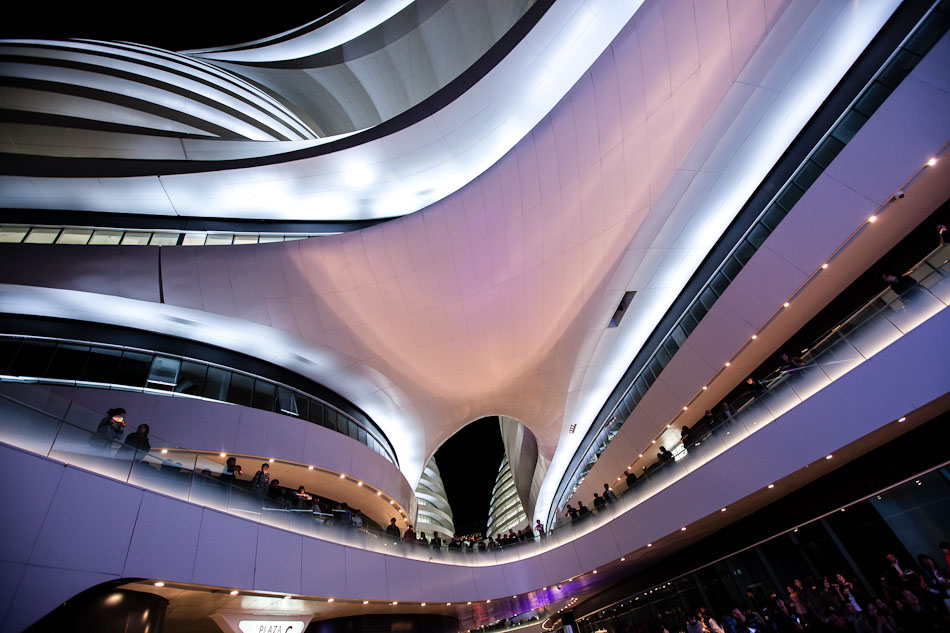
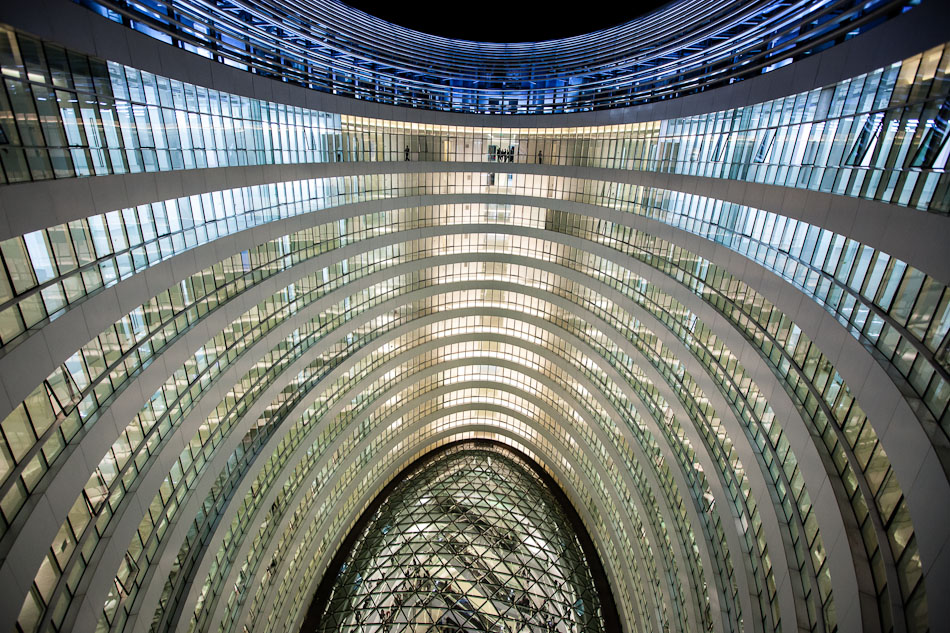
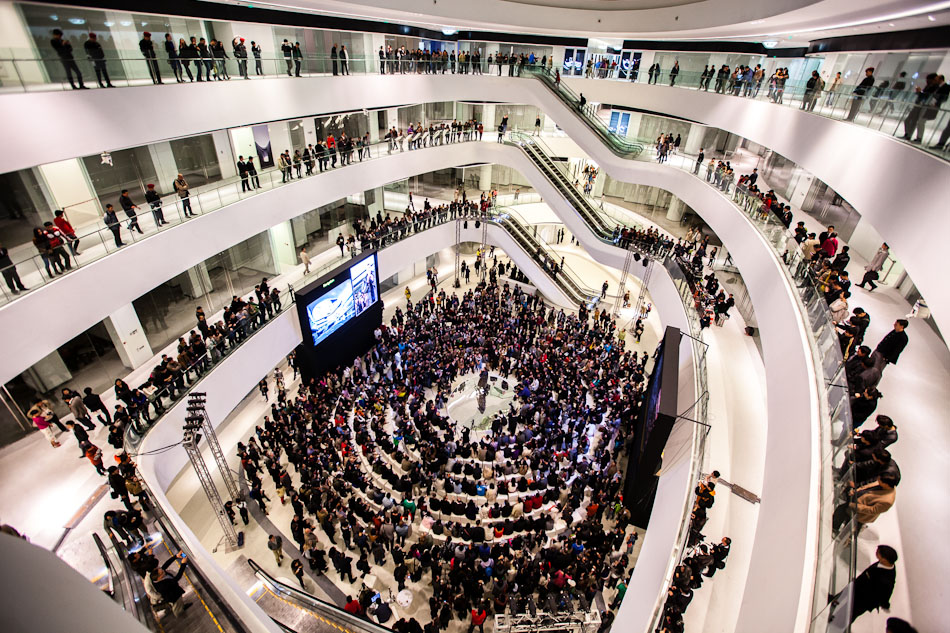
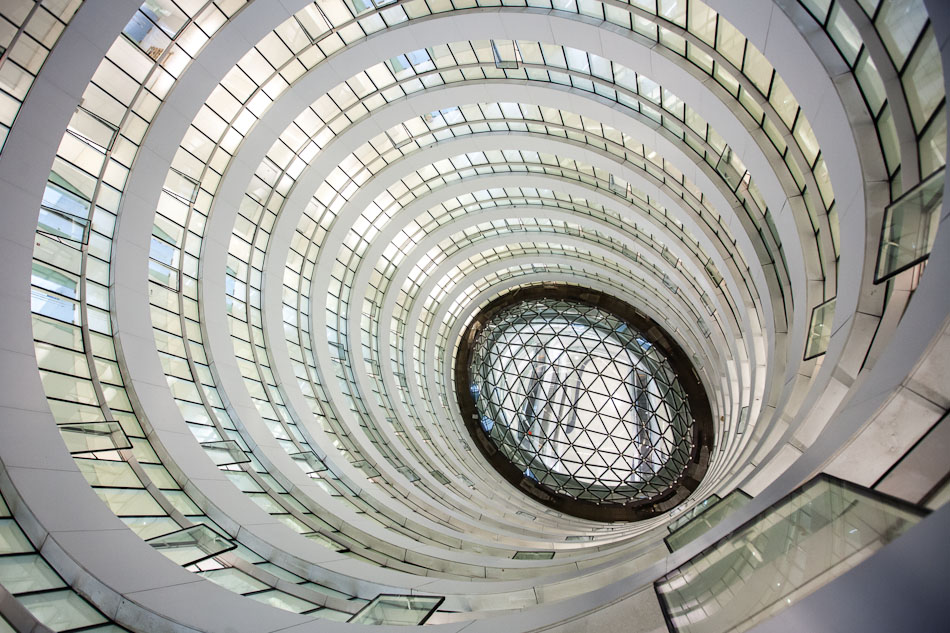
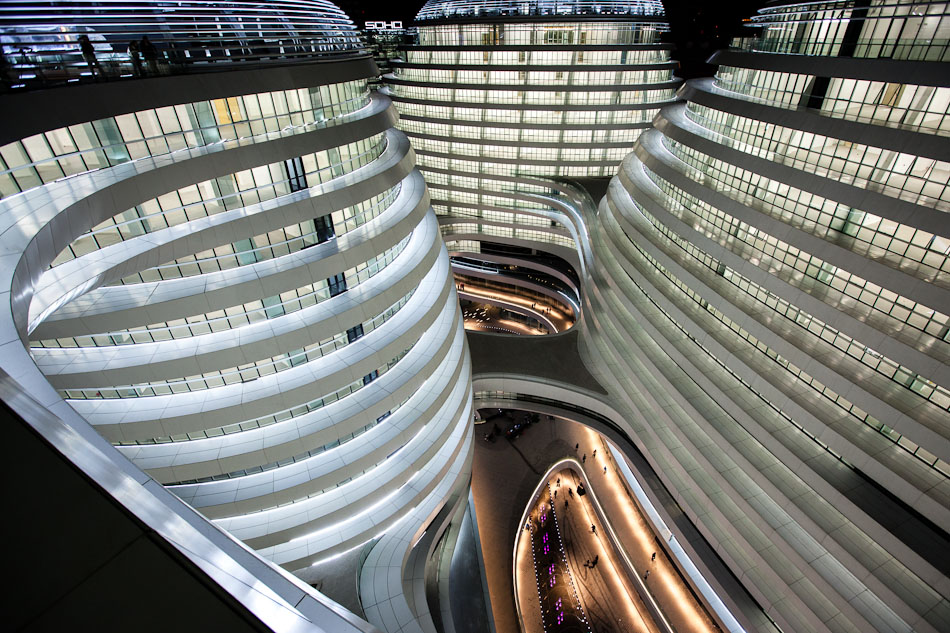
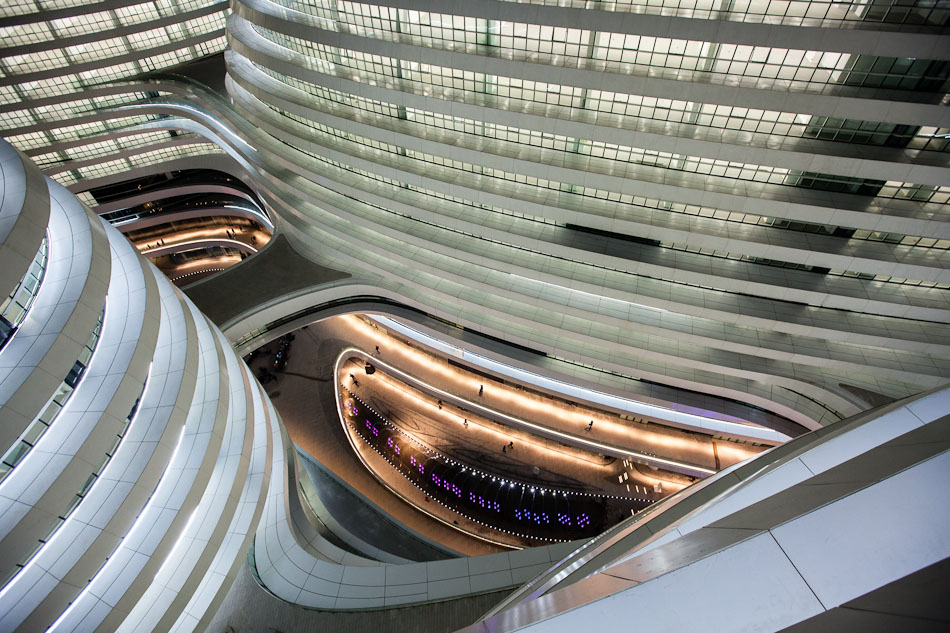
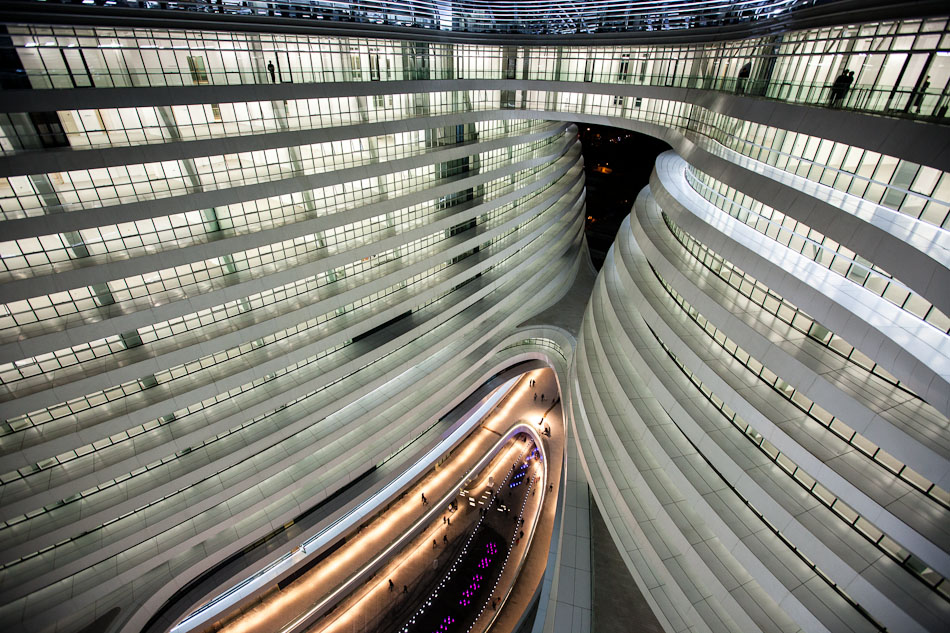
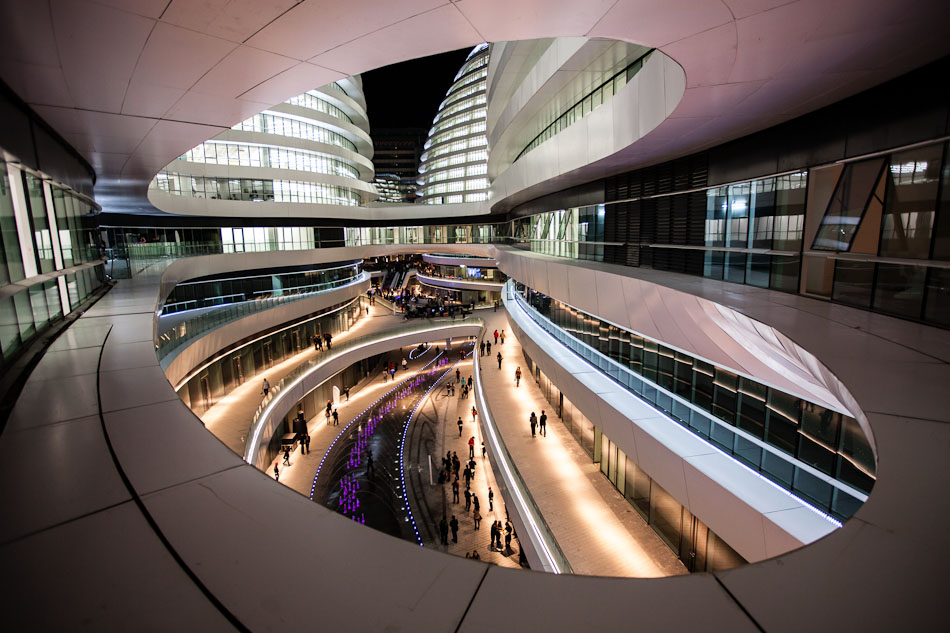
Aug 27, 2012 | Clippings, Development, Urban, Visions of Modernity
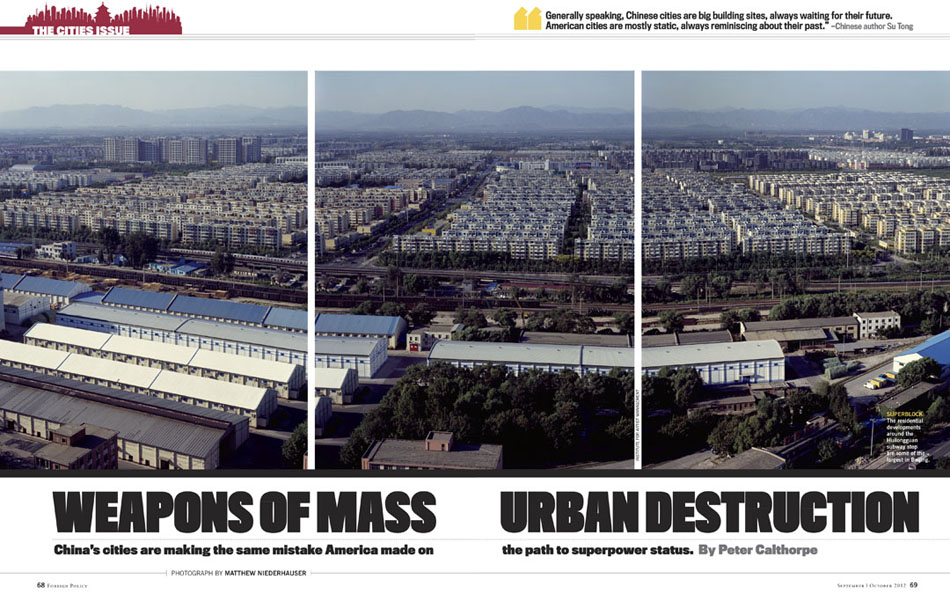
Foreign Policy’s current issue on urban development focuses almost exclusively on China. Relying on research by the McKinsey Global Institute, the magazine delves into the 75 fastest developing metropolises on the planet, 29 of which are in China (Shanghai and Beijing top the list, respectively). It is well worth perusing the actual magazine, which features photographs from my Visions of Modernity project, and delves into the serious ramifications of China’s ambitious infrastructure projects. Many of these unprecedented developmental efforts appear more and more misguided. My panorama of clustered residential developments surrounding the Huilongguan subway stop in northern Beijing, seen above, accompanies a piece entitled Weapons of Mass Urban Destruction. The article investigates many of the issues I explore in Visions of Modernity, the foremost being the unsustainable nature of urban planning in China and how it effects consumer, transportation and leisure habits.
The Foreign Policy website also features a series from Visions of Modernity where I documented Ikea customers in Beijing who partake in leisurely afternoons settling into faux showrooms scattered throughout the store. Each photograph suspends the shoppers in their appropriated Ikea environments, as if they were in their own homes. Such nascent nesting and consumer habits are catalyzed by the proliferation of individualized apartments in towering residential developments. These are known as megablocks and have become the cornerstone of Chinese urban planning. The monotonous and imposing structures dominate metropolises across China, forming urban islands that extinguish any sense of fluidity within cities. Although Foreign Policy delves into transportation and architectural projects that give some cause for optimism, such stratagems simply don’t exist on a scale to keep up with the massive urban migration China is experiencing and the concomitant demands on natural resources and energy. In many ways, I must agree with Ai Weiwei’s dark assessment of the plight of China’s cities. It can all seem very bleak. More panoramas of Beijing from Visions of Modernity are below.



May 23, 2012 | Architecture, Clippings, Development, Portraits, Urban
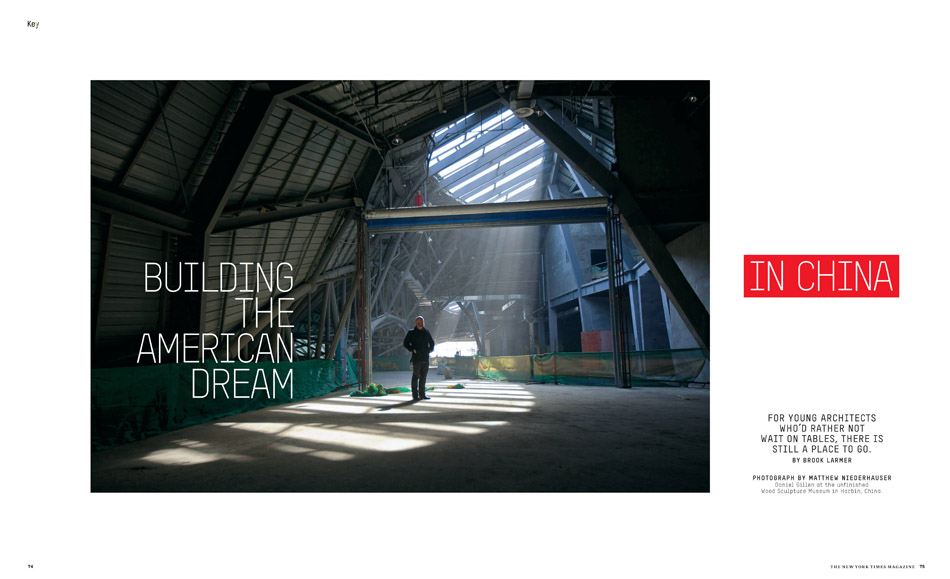
I finally got an opportunity to shoot for The New York Times Magazine. They sent me to Harbin with Daniel Gillen, a young American architect who transplanted to Beijing to ride the wave of audacious infrastructure projects being built across China. He currently works for MAD, founded by Ma Yansong and one of the leading domestic firms in China. Over the past few years MAD was tapped to build a number of cultural centers and museums in their consistently curvilinear style, including the recently completed Ordos Museum and the China Wood Sculpture Museum that I photographed in Harbin. Unfortunately these grand architectural flourishes are usually just showpieces in much larger megablock developments – a small nod to innovation amongst a greater sea of mundane urbanity. Whether or not they actually see any use is still in question. In an ideal world they will become centers of creativity, but in the meantime, Daniel Gillen is only there to build them.
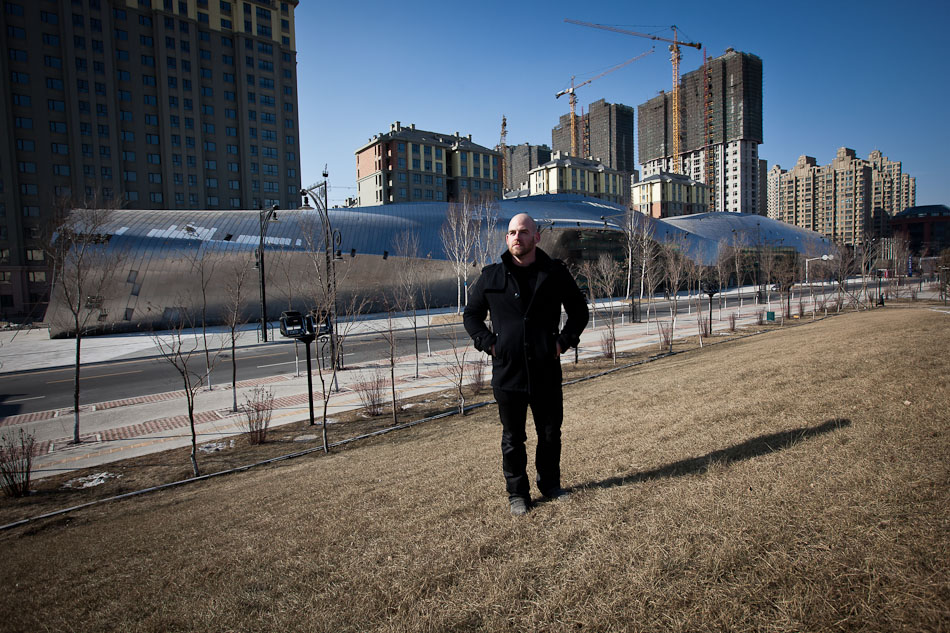

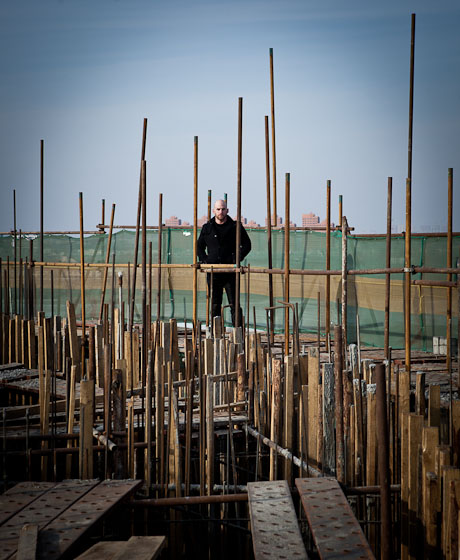


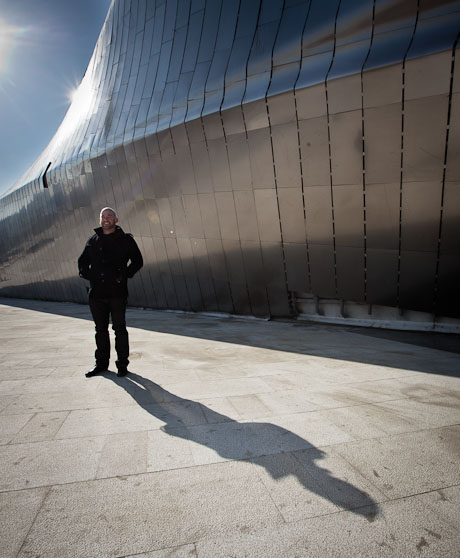
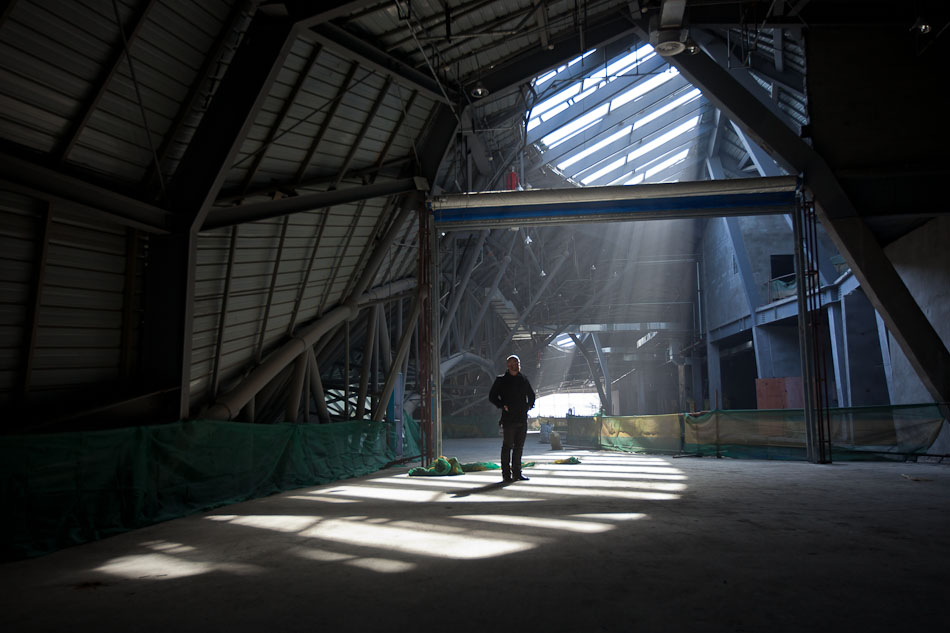
Apr 19, 2012 | Music, Urban
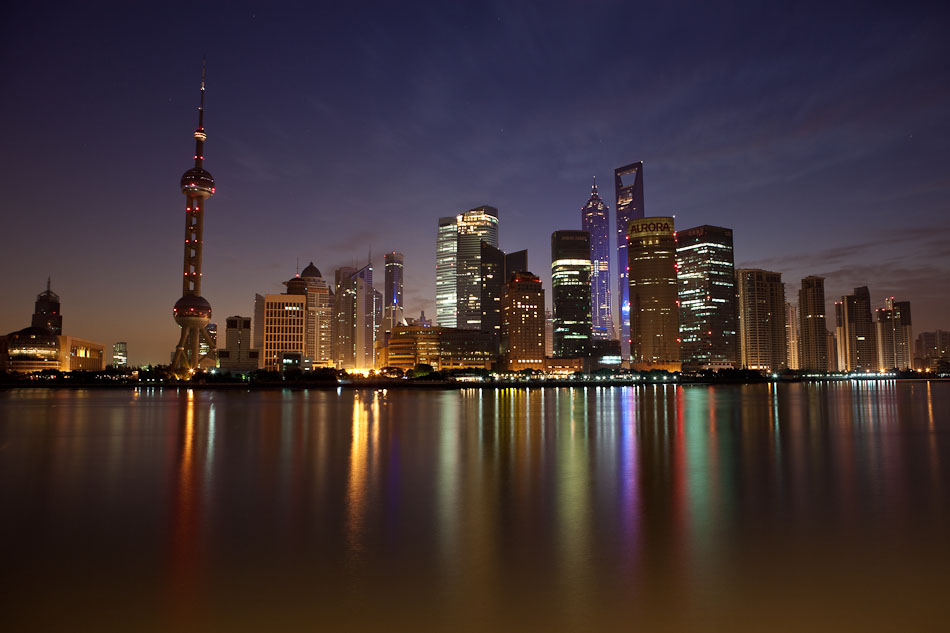
This is a bit of an oddity. I would go so far as to call it an accidental music video. Last September I ended up on The Bund at dawn in Shanghai. This should happen at least once in your lifetime. Ostensibly I was there to photograph a performance by the talented and capable Olek, whose crocheted work I first encountered in New York City this past summer. After she failed to initiate a crocheting enterprise, thanks to the Shanghai Public Security Bureau, I stuck around and watched the sun rise in all its glory over the imposing Pudong skyline. Slowly but surely the entire city awoke around me. My favorite part are the old guys walking backwards for exercise. I find their physicality a strangely fitting metaphor for the urban development occurring around them. It was a beautiful sight. I mashed up the video from that morning with a live performance of White+ recorded at the now defunct D-22. Check out the results below.




























